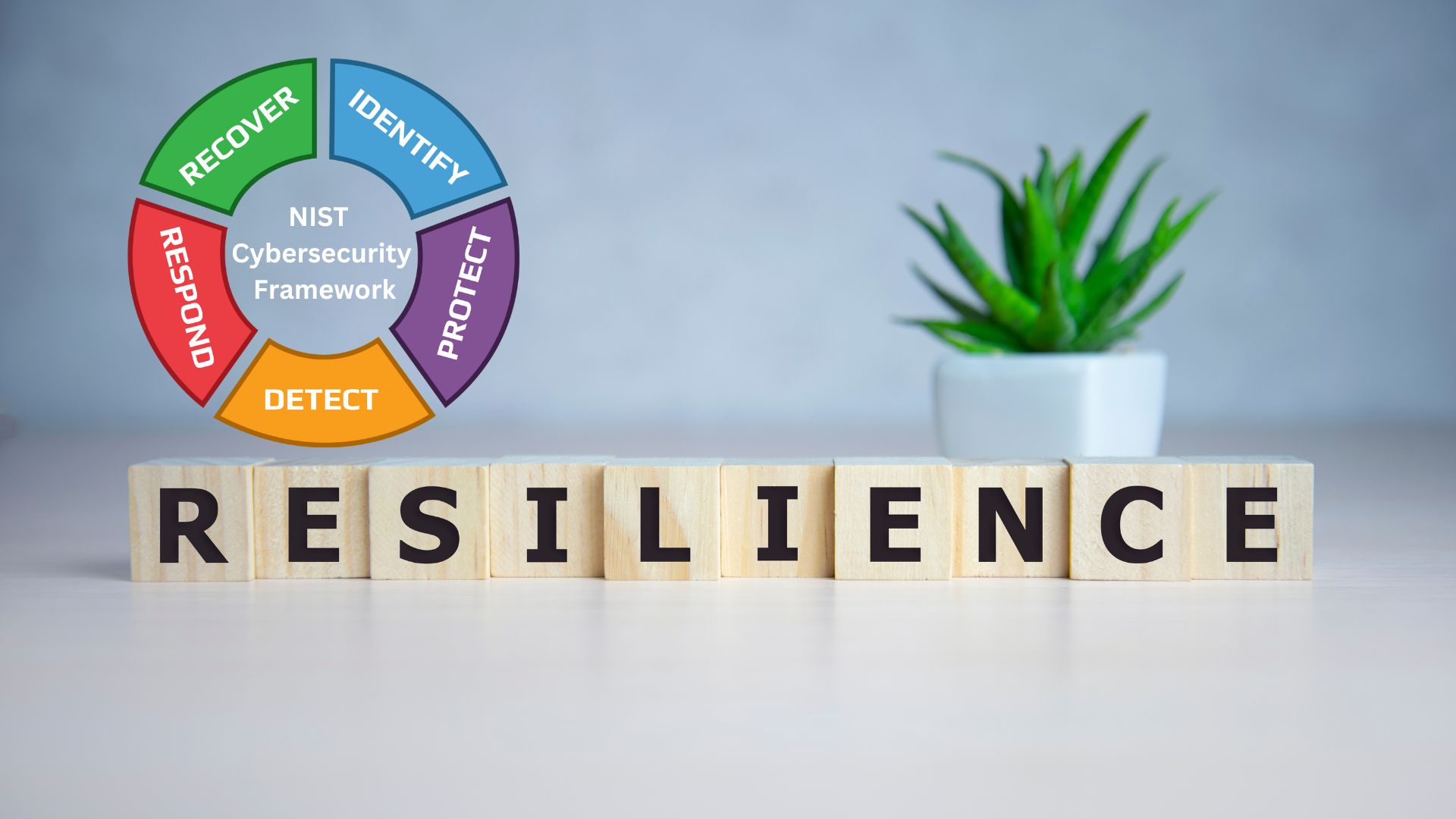
By Alan Gin, Cofounder and CEO, ZeroDown Software

One invaluable resource for achieving this resilience is the National Institute of Standards and Technology (NIST) Cybersecurity Framework. In this article, we’ll explore how SMBs can utilize NIST Controls to bolster their cybersecurity measures and maintain operational resilience in the face of cyber threats.
Operational resilience refers to an organization’s ability to maintain essential functions during and after a cybersecurity breach. It’s not just about preventing attacks but also about minimizing their impact when they occur. Operational resilience encompasses cybersecurity, business continuity, and disaster recovery efforts. For SMBs, who may have limited resources, achieving operational resilience can be particularly challenging.
The NIST Cybersecurity Framework provides a structured approach to cybersecurity that is adaptable for organizations of all sizes. Its foundation lies in five core functions: Identify, Protect, Detect, Respond, and Recover (IPDRR). SMBs can utilize these functions and associated controls to bolster their operational resilience.
The first step in building operational resilience is to identify and understand your organization’s assets and the associated risks. For SMBs, this often means starting with limited resources but scaling up gradually.
– Asset Inventory: Document all hardware, software, data, and personnel involved in your operations.
– Risk Assessment: Identify potential cybersecurity threats and vulnerabilities specific to your organization.
– NIST Controls: NIST Special Publication 800-53 provides a comprehensive list of controls for asset management and risk assessment.
Once you’ve identified your assets and risks, it’s time to protect them from cyber threats. SMBs can adopt cost-effective security measures to ensure protection.
– Access Control: Limit access to sensitive data and systems to authorized personnel.
– Data Encryption: Encrypt sensitive data both at rest and in transit.
– Employee Training: Educate your staff about cybersecurity best practices.
– NIST Controls: NIST SP 800-171 offers controls for access control and encryption.
Detecting threats in their early stages is crucial for minimizing damage. SMBs can implement monitoring and detection mechanisms to achieve this.
– Continuous Monitoring: Implement tools and processes for continuous monitoring of network traffic and system activities.
– Anomaly Detection: Utilize intrusion detection systems to identify unusual behavior.
– Incident Reporting: Encourage employees to report any suspicious activities promptly.
– NIST Controls: NIST SP 800-137 provides guidelines for continuous monitoring, while NIST SP 800-94 covers intrusion detection.
When a cyber incident occurs, it’s essential to respond swiftly and effectively. SMBs can create an incident response plan to streamline their response efforts.
– Incident Response Team: Establish a team responsible for managing incidents.
– Communication Plan: Define how you will communicate internally and externally during an incident.
– Containment and Eradication: Quickly isolate affected systems and eliminate the threat.
– NIST Controls: NIST SP 800-61 outlines incident handling procedures.
Recovering from a cybersecurity breach is about more than just restoring systems. It’s about learning from the incident and improving your organization’s resilience.
– Backup and Restore: Regularly back up critical data and systems.
– Business Continuity: Develop a business continuity plan to ensure essential functions continue during and after an incident.
– Post-Incident Analysis: Analyze the incident to identify weaknesses and areas for improvement.
– NIST Controls: NIST SP 800-34 covers contingency planning, while NIST SP 800-53 Revision 5 offers controls for system recovery.
Achieving operational resilience goes beyond implementing controls; it involves creating a culture of cybersecurity within your organization.
– Employee Training: Continuously educate your staff on the latest threats and best practices.
– Security Awareness: Foster a culture where employees understand their role in cybersecurity.
– Regular Testing: Conduct tabletop exercises and penetration testing to evaluate your organization’s readiness.
– NIST Controls: NIST SP 800-50 provides guidelines for establishing a security awareness program.
SMBs should be aware of compliance requirements specific to their industry and region. NIST controls can help in meeting these requirements.
– Documentation: Maintain records of your cybersecurity efforts for compliance reporting.
– Third-Party Assessment: Consider third-party assessments to validate your cybersecurity measures.
– Regulatory Alignment: Align your cybersecurity program with industry-specific regulations.
– NIST Controls: NIST SP 800-53 Revision 5 can guide you in aligning with various compliance frameworks.
In today’s cyber-threat landscape, achieving operational resilience is not an option but a necessity for SMBs. Utilizing the NIST Cybersecurity Framework and its controls provides a structured and adaptable approach to bolstering cybersecurity measures and ensuring operational resilience. By identifying assets and risks, protecting against threats, detecting incidents early, responding effectively, and recovering with resilience, SMBs can navigate the complex world of cybersecurity and emerge stronger in the face of adversity. Building a culture of cybersecurity and staying compliant with industry regulations will further fortify their defenses and protect their future.
Modern Operational Resilience (MOR) is an ongoing journey, and SMBs must continually adapt and improve their cybersecurity practices to stay ahead of evolving threats. Embracing the NIST Controls is a proactive step towards securing your business in an increasingly interconnected and digital world.



